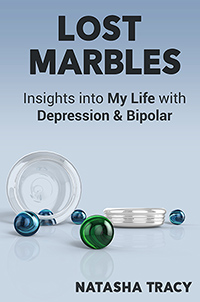Are You Still Suicidal?
About three years ago I attempted suicide. It’s a long story but it involves a doctor denying me access to healthcare. I’m still alive; so I guess I got lucky.
But the question is, now, three years and many treatments later, am I still suicidal?
I’m sorry to say, the answer is, “yes.”
Read More
















Recent Comments